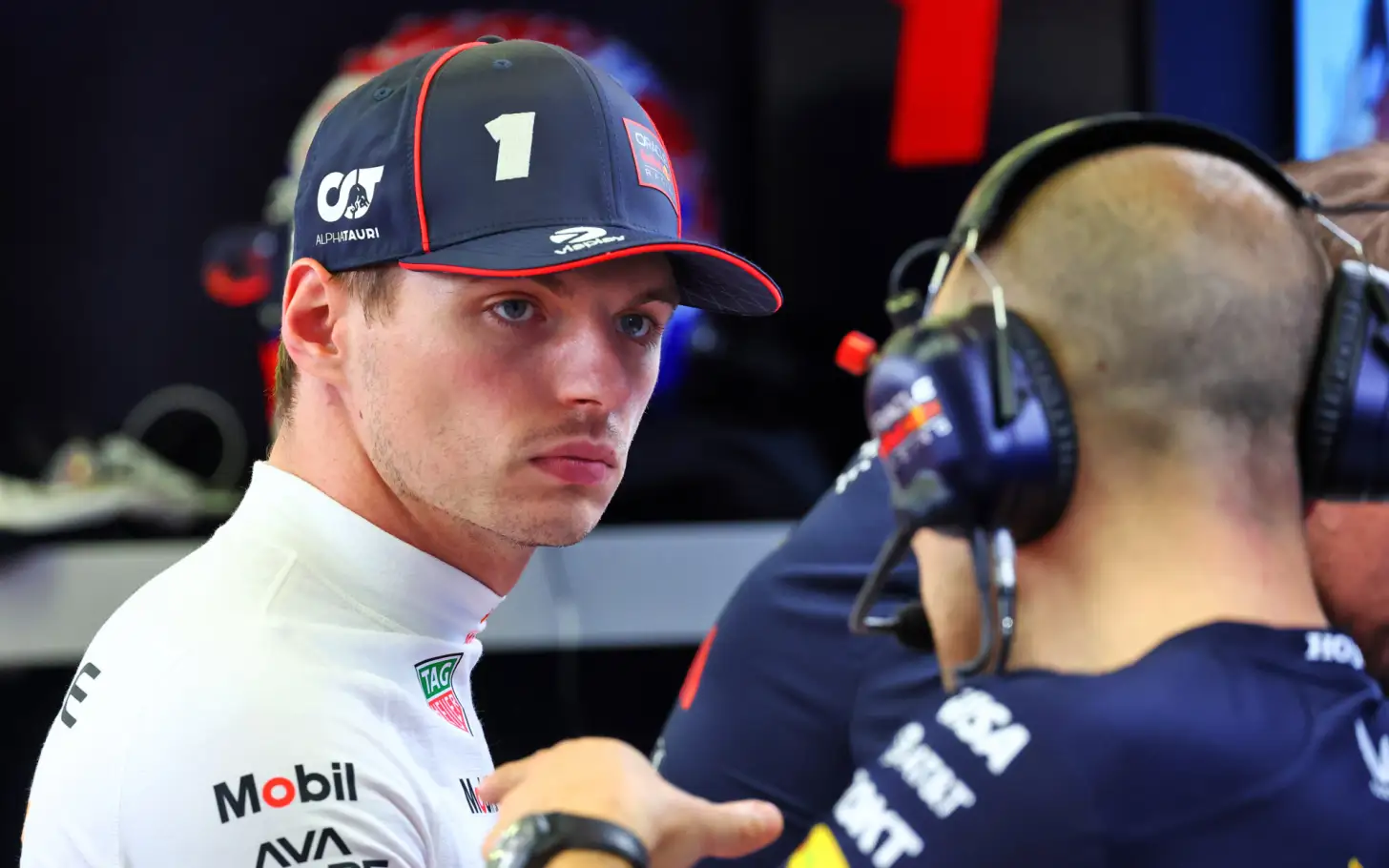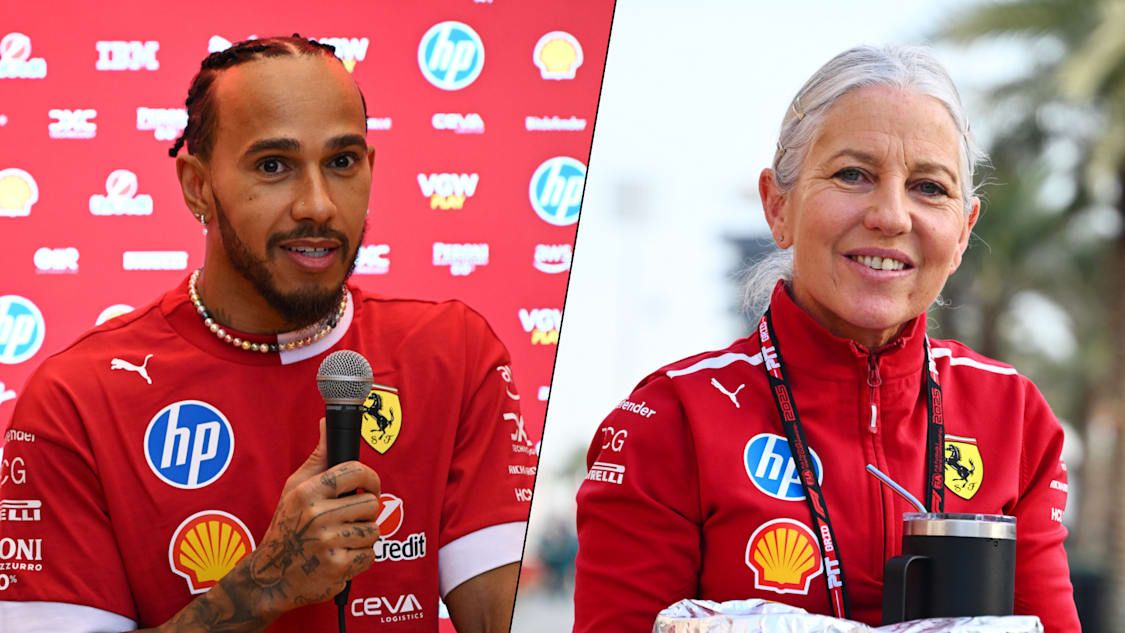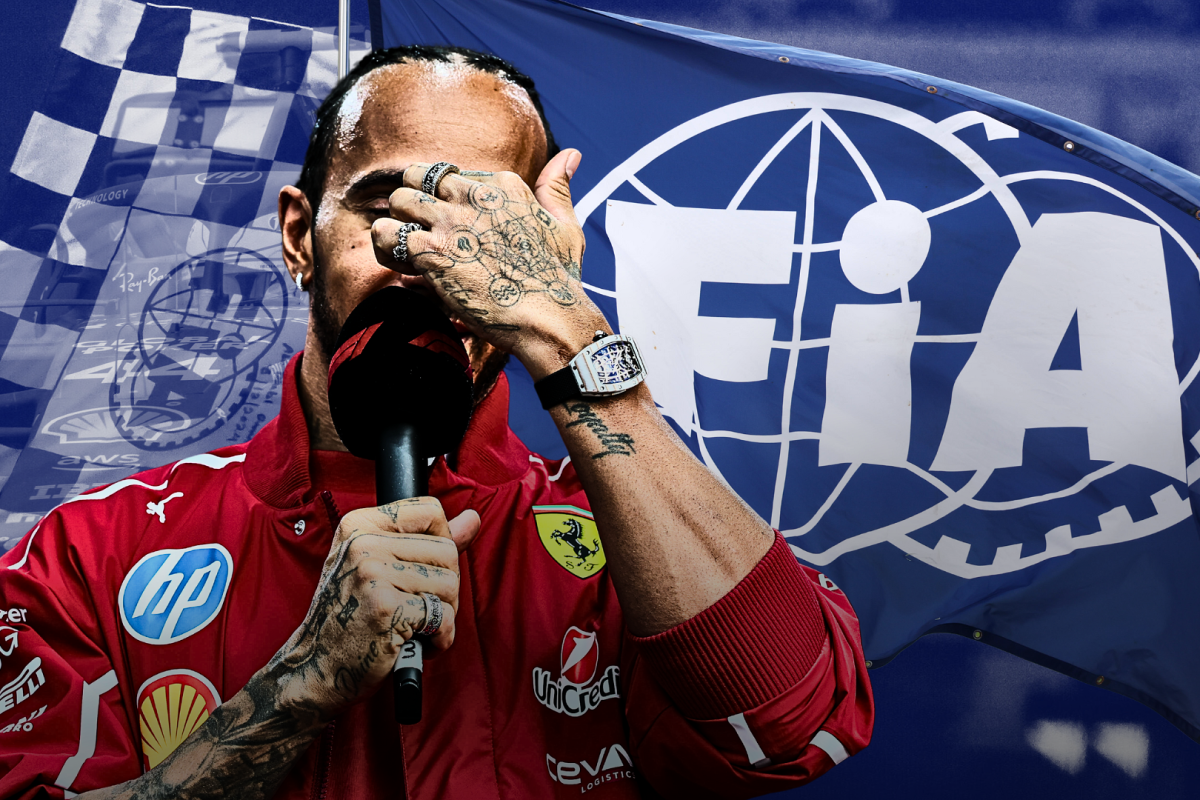Team Principals Raise Concerns Over New Two-Stop Rule at Monaco 2025 GP following… read more
As the 2025 Monaco Grand Prix approaches, a major rule change has sparked mixed reactions throughout the Formula 1 paddock. The FIA has mandated that all drivers must complete two pit stops during the race and use at least two different tyre compounds, provided the weather remains dry. This decision, aimed at increasing the excitement in a race often criticized for its lack of overtaking and predictability, has been met with both curiosity and caution.
The 2024 edition of the Monaco Grand Prix, despite being a triumphant home win for Charles Leclerc, was widely seen as uneventful. The top ten drivers finished in the exact order they qualified, underlining how difficult it is to overtake on the tight, twisty street circuit. In response, Formula 1 and the FIA opted to shake things up for 2025, hoping that strategic variety will enhance the spectacle.
However, not all team principals are fully convinced. McLaren boss Andrea Stella shared his thoughts during the recent Emilia Romagna Grand Prix, saying that while the rule change is “interesting,” it does add complexity to race planning. “We approach Monaco the same way, with the same mindset and tools,” Stella explained, “but now with more constraints, we have to adapt our strategies.”
Stella supports the concept of trying new ideas, especially after last year’s dull Monaco race. But he highlighted a key concern — the impact of rain. Weather forecasts suggest the possibility of rain during the race weekend, and Stella warned that mandatory pit stops in wet conditions could result in awkward or confusing situations. “It’s just more tricky if it rains,” he noted, though he remains open-minded about the experiment.
Ferrari team principal Fred Vasseur also acknowledged the need for change but voiced different concerns. While pleased with how last year’s race turned out for his team, Vasseur questioned the practicality of the new rule, particularly in the event of an early safety car. “Monaco strategy is already heavily influenced by the safety car,” he said. “With a mandatory two-stop rule, it becomes even more complicated.”
Vasseur emphasized that the narrow Monaco pit lane could become a bottleneck if most drivers dive into the pits at the same time under a safety car. “If there’s an early safety car, everyone will try to pit immediately. The pit lane is very tight — that could be a real problem.”
Despite the possible complications, both team bosses appreciate the FIA’s willingness to experiment. They see the new regulation as a bold move that could either enhance the race or present new challenges that will need addressing in future seasons.
“As an idea, it’s worth trying,” Vasseur concluded. “Let’s go ahead with this plan for Monaco. Then we’ll evaluate what worked and where improvements are needed.”
In short, while the new two-stop rule adds an intriguing twist to one of Formula 1’s most iconic races, teams are keeping a cautious eye on potential pitfalls, especially under wet conditions or safety car scenarios.




